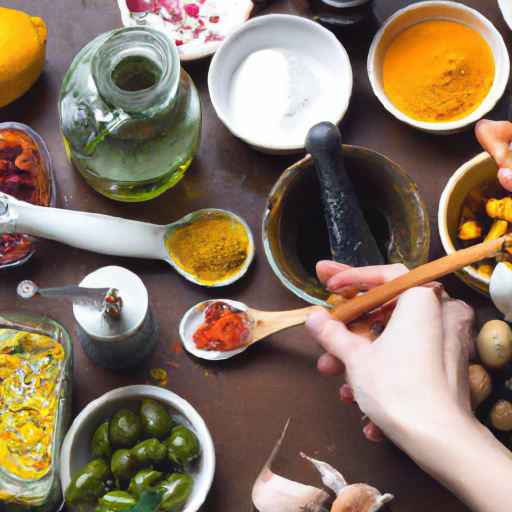The Art of Food Styling: Tips and Tricks to Make Your Dishes Look as Good as They Taste

Food is more than sustenance; it's an experience that engages all of our senses. That's why the way food looks on the plate is almost as important as how it tastes. Food styling is the art of presenting food in an aesthetically pleasing manner that makes it even more appealing and appetizing. Whether you're a home cook or a professional chef, learning how to style your dishes properly is an invaluable skill that can make your food more attractive and memorable to your guests.
Why Is Food Styling Important?
First, it's important to understand why food styling is such a crucial component of cooking. For one, a well-styled dish can make a huge difference between attracting diners to a restaurant or having them pass it by. A visually appealing dish evokes emotions and stimulates curiosity, drawing people in and enticing them to try something new.
Secondly, it's the way we experience food. How it looks on the plate makes all the difference in how we perceive its taste and quality. The more beautiful and appetizing looking a dish is, the more eager we are to try it. Therefore, it doesn't matter how delicious a dish may be if it looks unappetizing on the plate.
Tips for Food Styling
Now that we've established the importance of food styling, let's dive into some practical tips to improve your food presentation:
1. Choose the Right Plateware
Choosing the right plateware is essential to the plating process. Your chosen dish should complement the food, not compete with it. A white plate is often the best option as it highlights the colors of the food. However, plain white plates can be a bit boring, so look for plates with unique shapes or designs to add a bit more visual interest.
2. Garnish with Edible Flowers or Herbs
Fresh herbs and edible flowers bring a pop of color and life to your dish. They are easy to prepare and can be applied to almost any plate. The key is to use them sparingly, as to avoid overwhelming your dish. Just a few sprigs of thyme or a couple of fresh basil leaves can completely transform a dish.
3. Use Contrasting Colors
When creating a dish, try to incorporate colors that contrast with the food to make it pop. For example, if you are serving a pasta dish with a tomato-based sauce, sprinkle some fresh chopped parsley on top to add a bright green contrast.
4. Be Mindful of Portions
Portion size is another crucial aspect of food styling. The dish should look balanced and proportional while still being satisfying. Additionally, being mindful of the negative space around your dish can help make it look even more attractive.
5. Experiment with Different Textures
Finally, adding a variety of textures to your dish can create a more dynamic and interesting eating experience. Consider adding a crunchy element like nuts or crispy fried onions or a creamy component like avocado or whipped feta.
Conclusion
Food styling might seem intimidating at first, but taking the time to perfect your presentation skills will elevate the quality of your cooking and make your food more appealing to others. By following these tips and experimenting with different techniques, you'll be able to create dishes that look as good as they taste.
Most Recent
- Unconventional and Delicious Ways to Use Quinoa in Your Cooking
- How to Perfectly Roast Cauliflower: Tips and Tricks for Maximum Flavor and Nutrition
- How to Make Creamy and Flavorful Hummus from Scratch: A Step-by-Step Guide
- How To Perfectly Crisp Bacon in the Oven: A Step-by-Step Guide for Flawless Results
- How To Properly Use and Care for Your Cast Iron Skillet: Tips and Techniques for Perfect Results Every Time

